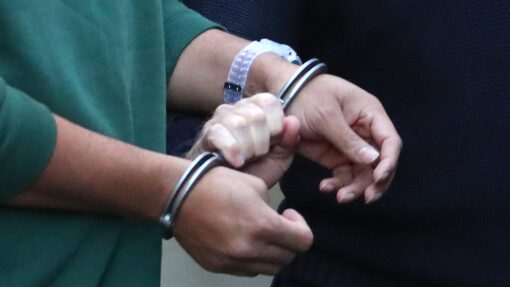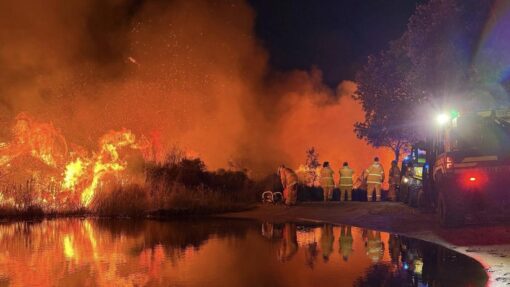Why did the cassowary cross the road? Project looks to reduce endangered bird road toll
Richard Dinnen - Queensland Editor |
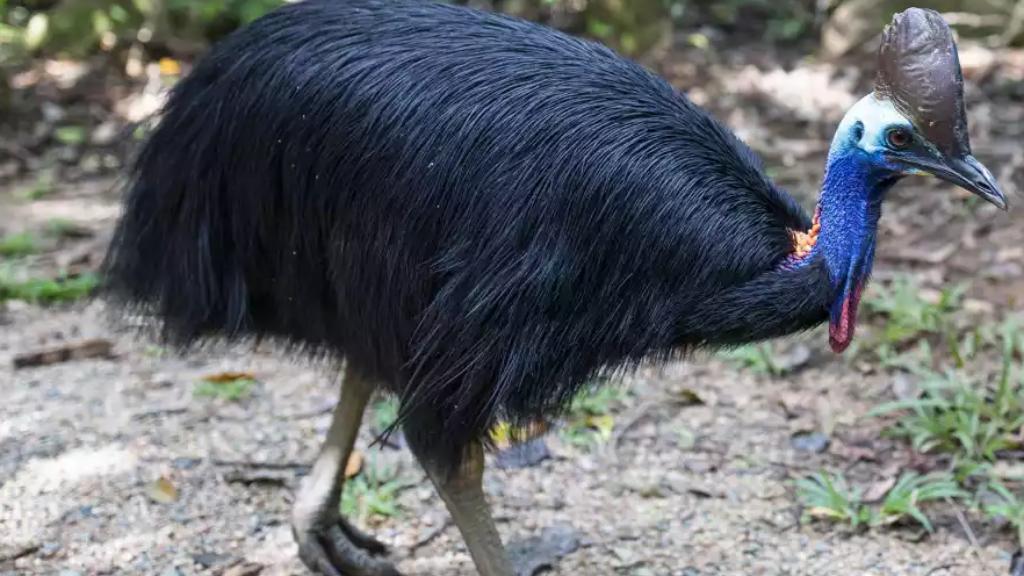
The cassowary has been around since the dinosaurs. This iconic flightless bird is endangered now, and the most common cause of death is being struck by vehicles.
India Marshall hopes to change that.
The James Cook University honours student is speaking with people who’ve had collisions, near misses or other encounters with cassowaries on roads in the Mission Beach area of far north Queensland.
The area is home to a significant cassowary population and is a road strike hot spot.
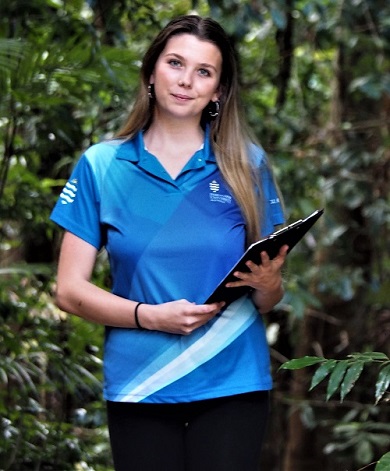
Ms Marshall is part of a new study designed by James Cook University, CSIRO, Terrain NRM, and the Cassowary Recovery Team, that aims to find ways to prevent more incidents.
“We’re being told there is stigma around incidents like this. But talking about it is the best way for us all to learn more about how to improve things.
“Cassowary conservation groups and road managers have been working on the issue of road strike in Mission Beach for many years.
“But understanding the cassowary and vehicle traffic interactions has been limited in the past by a lack of information from drivers.
“We’re hoping to bridge this gap by creating an anonymous space where people can share their untold stories.”
The cassowary goes back about 60 million years. It’s an iconic far north Queensland species, and people come from all over the world in the hope of seeing one in the wild.
And without cassowaries, there would be no rainforests. Cassowaries are “gardeners” of these habitats.
They eat a wide variety of plants, dispersing seeds of more than 70 species of trees whose fruit is too large for any other forest dwelling animal to eat and relocate.
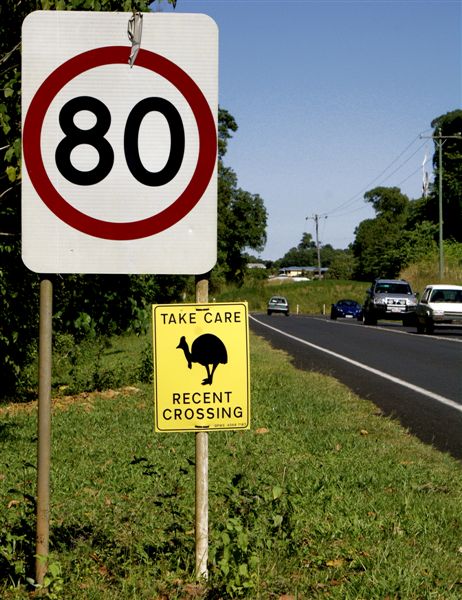
In far north Queensland, cassowary habitats cross many roads. There have been 22 recorded cassowary strikes over the last two years, many of them in the Mission Beach area.
Since 2017, at least 57 cassowaries have been hit by vehicles in the far north, and 40 of them have died. It’s thought there are about 4000 cassowaries left in the wild in Australia.
Terrain NRM’s Tony O’Malley said it’s hoped the study will fill gaps in information about cassowary strikes.
“In the past, the response has been to put up more signs, change the speed limit or a section of road design.
“This project will give people a chance to confidentially get their story out, to increase our collective knowledge and ability to come up with actions that work for people and cassowaries.
“We are looking for community-based solutions. And hearing from people involved in incidents is going to help, as is hearing from other people who’ve been driving the roads over a long period of time, to find out what techniques they believe have helped to avoid a cassowary strike.”
Results from the new study will be compared with more than 20 cassowary vehicle interactions captured on roadside cameras at known hot spots.
If you’d like to be interviewed for the project, you can contact India Marshall.
Cassowary facts:
- Second heaviest bird in the world after the ostrich
- Third tallest bird after the ostrich and emu
- Cassowary egg weighs half a kilo
- The cassowary is endangered. Key threats are habitat loss, roads, dogs
- Our northern rainforests could not survive without them
- The cassowary has a distinctive loud booming call
- Never feed a cassowary. Changes their behaviour, makes them more vulnerable
- They are solitary creatures, but look for partners between May and November
- The male sits on the eggs and raises the chicks
- Slow down when driving in cassowary territory

